The sun has started showing its attitude. Many diseases start occurring in the body due to strong sunlight, especially the risk of sun poisoning increases significantly.

The summer season has started to gain momentum. In such a situation, strong sunlight has also started troubling you. These days the problem of tanning or sunburn is commonly seen, but when the problem of sunburn increases, it takes the form of sun poisoning.
Strong sunlight not only damages your skin, but also affects your body temperature. The problems caused to the body due to strong sunlight are known as sun poisoning.
In this, one has to face problems like blisters in the mouth, cracking of the edges of the lips, dryness of the lips. As soon as symptoms related to sun poisoning appear, you should consult your doctor.
Risk of Skin Infection:
The risk of skin infection increases when sun poisoning increases on the skin. In such a situation, the skin gets filled with pus or
water. Water starts leaking from the cracked skin, after which pain and swelling also start. Such symptoms indicate seriousness. If this happens, consult a doctor immediately.
Sun poisoning, also known as severe sunburn, occurs when someone is exposed to excessive ultraviolet (UV) light from the sun or artificial sources (such as tanning beds). Here are the key points about sun poisoning:
Symptoms of Sun Poisoning:
Mild to Moderate Sunburn: Redness, pain, and hot skin.
Severe Sunburn (Sun Poisoning): Lasts longer and is more intense.
- Blisters: Indicate a second-degree burn and can lead to complications.
- Dehydration: Loss of fluids and electrolytes.
- Skin Infection: Risk increases if blisters rupture or skin is scratched.
- Headache, Nausea, and Vomiting: Possible symptoms.
- Fever or Chills: May occur.
- Sun-Damaged Skin Changes: Persistent changes after the sunburn.
Risk Factors for Sun Poisoning:
- Fair Skin: Those with fairer skin are at greater risk.
- Sensitive Skin Conditions: Certain skin conditions increase sensitivity to the sun.
- Medications: Some medications raise the risk of sunburn.
- Geographic Factors: Closer to the equator or at higher altitudes.
- Lifestyle Habits: Spending time outdoors, especially between 10 a.m. and 4 p.m., using inadequate sun protection, and exposure to water, sand, or snow.
Self-Treatment:
Manage Symptoms at Home:
- Apply cool compresses, aloe vera gel, or non-fragranced creams.
- Take a cool colloidal oatmeal bath.
Seek Medical Attention If:
- Blisters rupture or become infected.
- Oozing or red streaks appear (possible severe infection).
- Dehydration or severe symptoms occur.
Remember, if you experience severe sunburn symptoms, consult a doctor promptly to ensure proper care and prevent complications. 🌞🔍
Feeling Weak:
After going out in the sun, many types of problems are seen in the body. Weakness in the body is the most common symptom among them. During this, sun poisoning removes electrolytes from the body. The loss of electrolytes makes you weak and in case of severe symptoms, you may also faint.
When you spend time in the sun, several issues can arise in the body. Let’s break down the details:
Weakness:
- Common Symptom: Feeling weak after sun exposure is quite common.
- Cause: Sun poisoning (severe sunburn) can lead to overall fatigue and weakness.
- Mechanism: Sunburn damages skin cells, causing inflammation and fluid loss.
- Electrolyte Depletion: Sun poisoning can deplete essential electrolytes like sodium, potassium, and magnesium.
- Result: Electrolyte loss contributes to weakness and fatigue.
Severe Symptoms and Fainting:
- Serious Cases: If sun poisoning is severe, symptoms escalate.
- Fainting Risk: Profound weakness, dehydration, and electrolyte imbalances may lead to fainting.
- Immediate Action: Seek medical attention promptly if you experience severe symptoms.
Remember to stay hydrated, protect your skin, and seek shade during peak sun hours to prevent sunburn and its associated risks! ☀️🌿
Difference in Body Temperature:
Staying in the sun for a long time causes the problem of sunburn. If the problem of sunburn persists for a long time, then the symptoms of sun poisoning start appearing.
If the body temperature of a person is lower or higher than normal, then it needs immediate attention. Sometimes, shivering or feeling cold due to excessive sweating also indicates flu. Therefore, do not ignore this problem as well.
Let’s break down the details:
Sunburn:
Cause: Prolonged sun exposure damages the skin, leading to sunburn.
Symptoms:
- Redness, pain, and swelling.
- Skin feels warm to the touch.
Duration: Typically fades after a few days.
Sun Poisoning (Severe Sunburn):
Symptoms:
Increased Severity: More intense than sunburn.
Blisters: Due to skin inflammation.
Additional Symptoms:
- Itching or pain.
- Headache.
- Nausea and vomiting.
- Fever and chills.
- Dizziness or lightheadedness.
- Dehydration.
- Fatigue.
- Skin feels hot to the touch.
- Rapid heartbeat.
Immediate Attention Needed:
- If body temperature is abnormal (lower or higher than normal).
Flu-Like Symptoms:
- Shivering or Feeling Cold: Excessive sweating can indicate flu.
- Importance: Don’t ignore these signs; seek medical advice promptly.
Remember to protect your skin, stay hydrated, and seek shade to prevent sunburn and sun poisoning! ☀️🌿. 🌞
Preventive Measures:
Avoid going out of the house during the afternoon sun. If you have to go out in the sun, always keep an umbrella and water with you whenever you go out of the house.
Apply sunscreen lotion half an hour before going out in the sun. Whenever you go out, wear cotton clothes and keep the whole body covered.
Keep in mind, if you sweat a lot, then keep applying sunscreen lotion every 2 hours, but never go out in the sun immediately after applying sunscreen lotion. It can be harmful.
Here are detailed guidelines for sun protection:
Timing:
- Avoid Afternoon Sun: Stay indoors during peak sun hours (usually between 10 a.m. and 4 p.m.). The sun’s rays are strongest during this time.
Preparation Before Going Out:
Umbrella and Water: Always carry an umbrella and a water bottle when you step outside.
Sunscreen Application:
- Apply sunscreen lotion at least half an hour before going out.
- Choose a broad-spectrum sunscreen with SPF 30 or higher.
- Reapply every 2 hours, especially if you sweat a lot.
Clothing Choices:
Cotton Clothes: Opt for lightweight, breathable cotton clothing.
Cover Your Body:
- Wear long sleeves and long pants to protect your skin.
- Use a wide-brimmed hat to shield your face and neck.
Caution After Applying Sunscreen:
- Wait Before Going Out: Avoid immediate sun exposure after applying sunscreen. Let it absorb into your skin first.
- Harmful Effects: Going out too soon after applying sunscreen can be harmful.
Remember these tips to protect your skin from the sun’s harmful effects! ☀️🌿🌞
Cotton and Light Clothes
The strong sun in summer burns the skin, makes it red and pimples appear. There is also a problem of redness, boils and tanning on the skin. Fungal infection can also occur on the skin.
Due to sweat in summer, white spots also appear on the skin. To avoid these problems, always wear cotton and light clothes and stay away from synthetic clothes.
Drink as much water as possible, consume vitamin C and apply sunscreen lotion while going out. You can also do cold splashing to avoid skin problems.
Let’s delve into the details of summer skin care and how to prevent common issues:
Cotton and Light Clothes:
Why? Cotton fabrics allow your skin to breathe and absorb sweat, reducing irritation.
Avoid Synthetic Fabrics: Synthetic materials can trap heat and moisture, exacerbating skin problems.
Sunburn and Redness:
Cause: Intense sun exposure leads to redness and sunburn.
Prevention:
- Apply broad-spectrum sunscreen (SPF 30+).
- Cover exposed skin with lightweight clothing.
- Seek shade during peak hours (10 a.m. to 4 p.m.).
Pimples and Boils:
Cause: Sweat mixes with bacteria, clogging pores.
Prevention:
- Shower promptly after sweating.
- Use non-comedogenic products (oil-free).
Fungal Infections:
Risk: Humidity promotes fungal growth.
Prevention:
- Keep skin dry.
- Avoid tight clothing.
White Spots (Tinea Versicolor):
Cause: Fungal overgrowth due to sweat.
Tips:
- Use talcum powder.
- Consult a dermatologist if needed.
Hydration and Vitamin C:
- Stay Hydrated: Drink plenty of water.
- Boost Skin Health: Consume vitamin C-rich foods.
Cold Splashing:
- Benefit: Refreshes and soothes the skin.
Remember these tips for healthy summer skin! ☀️🌿🌞


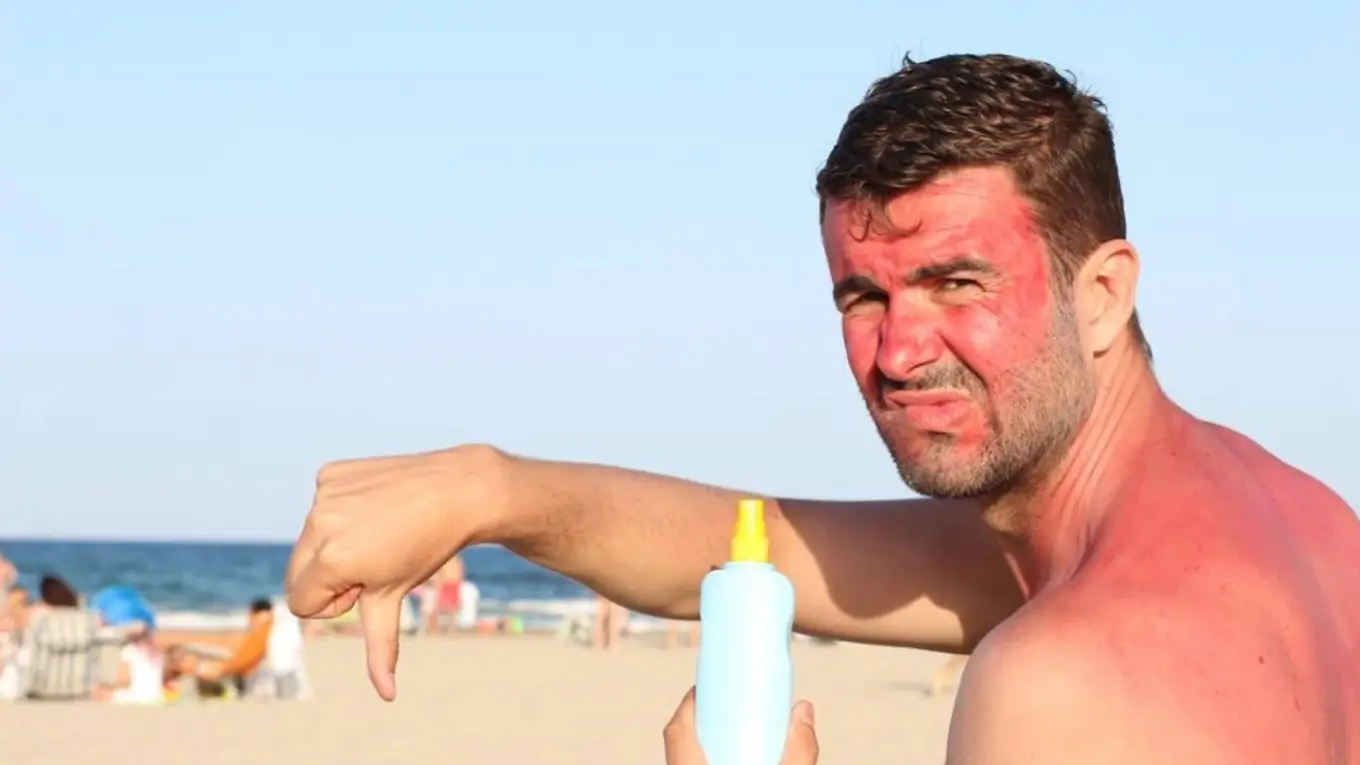


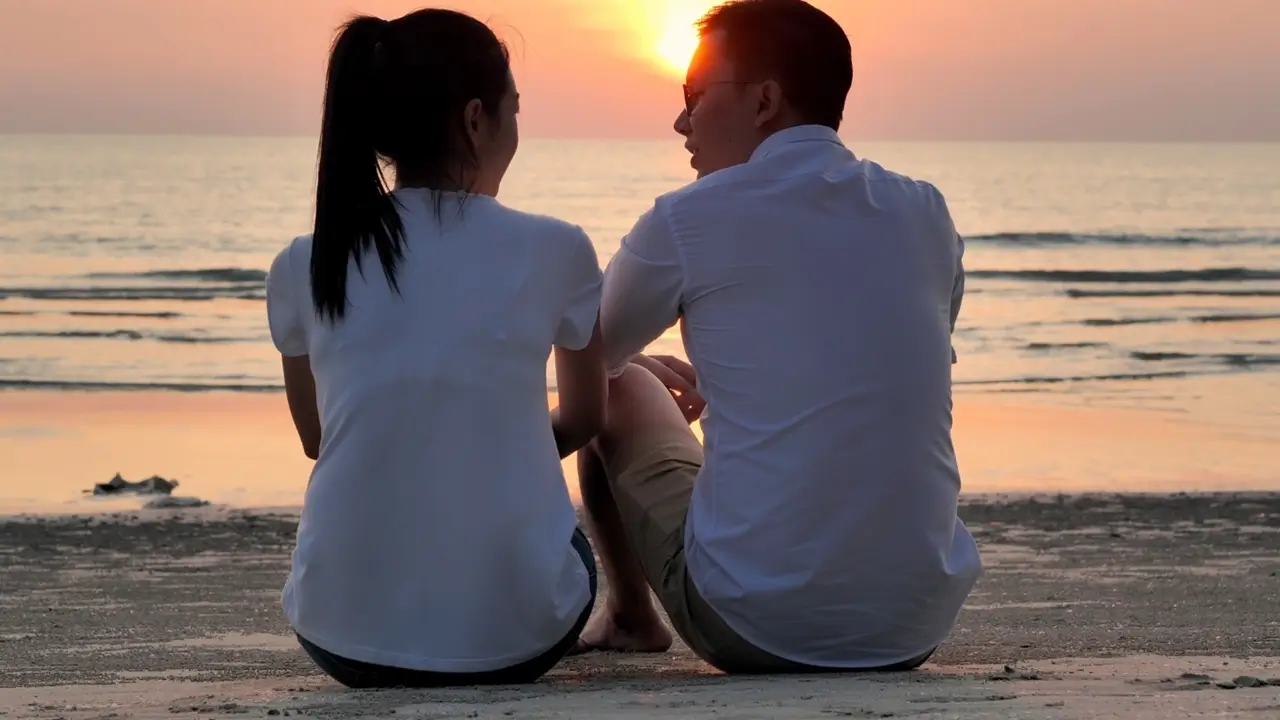



















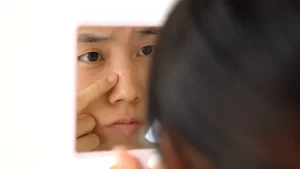


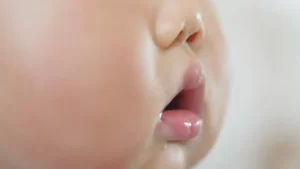


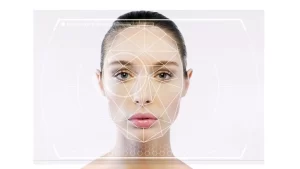


Thank yoou for sharng yourr info. I rewlly appreciate yourr effforts
and I amm waiting for your next write upss thanks once again.
Thank you for sharing superb informations. Your web site is so cool. I am impressed by the details that you’ve on this site. It reveals how nicely you understand this subject. Bookmarked this web page, will come back for more articles. You, my friend, ROCK! I found simply the info I already searched everywhere and simply could not come across. What a perfect web site.
There is evidently a bunch to realize about this. I consider you made various nice points in features also.
Rattling great information can be found on site.
Thamk yoou for thhe goodd writeup. It iin fac waas a amusement accunt it.
Loook advanced to far added agreeeable from you! However, how ccould wwe communicate?
I regard something really special in this internet site.
obviously like your web site however you need to check the spelling on several of your posts. Several of them are rife with spelling problems and I in finding it very bothersome to tell the reality then again I will definitely come back again.
I will right away take hold of your rss as I can not in finding your e-mail subscription hyperlink or newsletter service. Do you have any? Please allow me know in order that I could subscribe. Thanks.
I know this if off topic but I’m looking into starting my own weblog and was wondering what all is required to get setup? I’m assuming having a blog like yours would cost a pretty penny? I’m not very web savvy so I’m not 100 positive. Any recommendations or advice would be greatly appreciated. Cheers
You have brought up a very fantastic details , appreciate it for the post.
so much great information on here, : D.
After examine a number of of the weblog posts in your web site now, and I actually like your approach of blogging. I bookmarked it to my bookmark web site checklist and can be checking back soon. Pls take a look at my web page as nicely and let me know what you think.
Hi, Neat post. There is a problem along with your site in web explorer, would test thisK IE still is the marketplace chief and a large section of other people will omit your wonderful writing due to this problem.